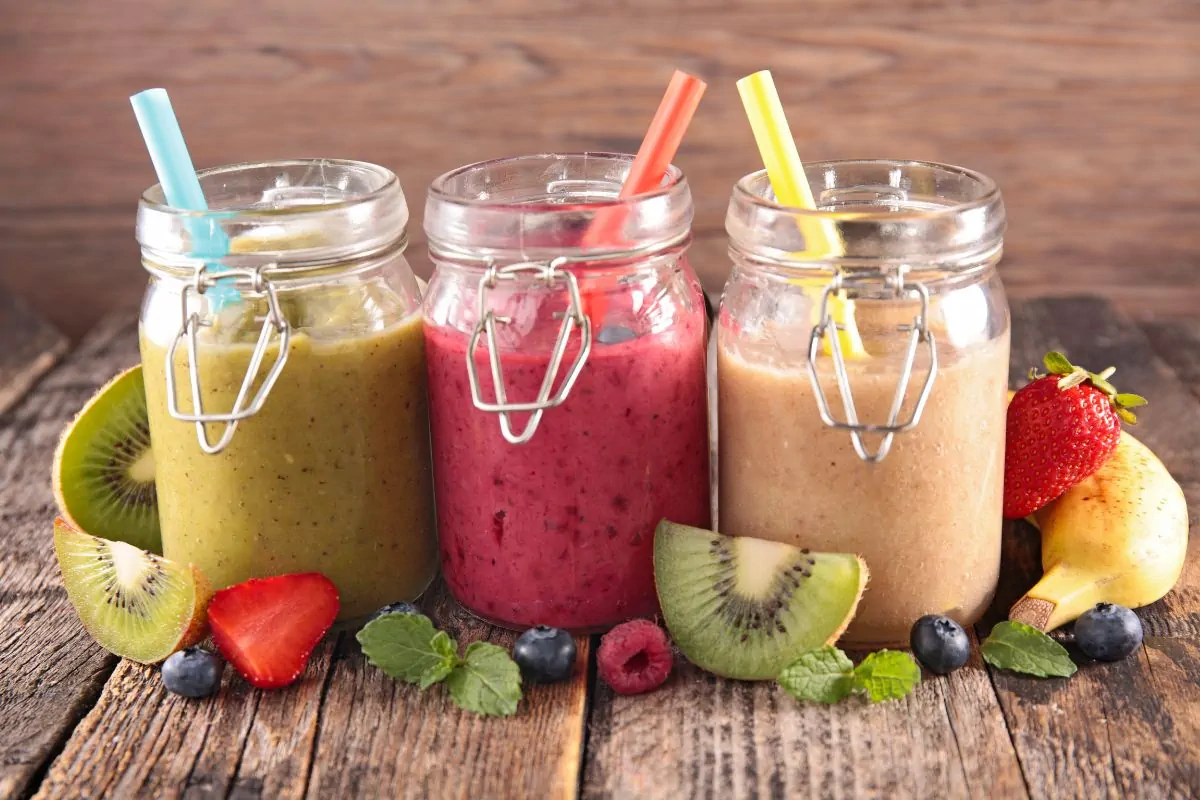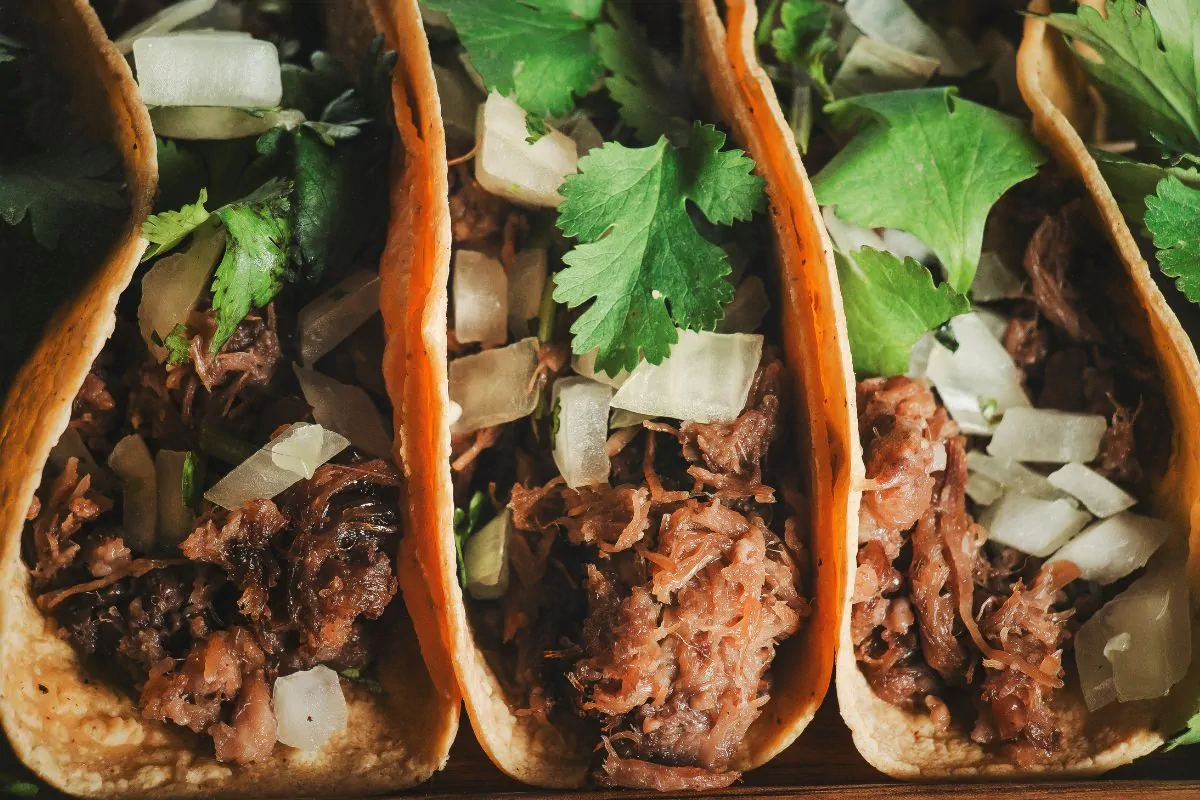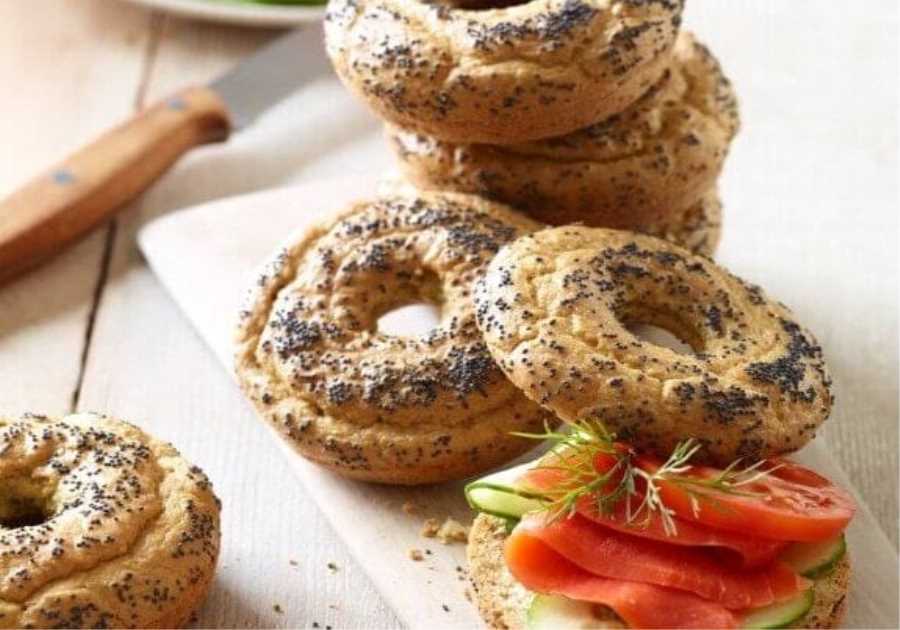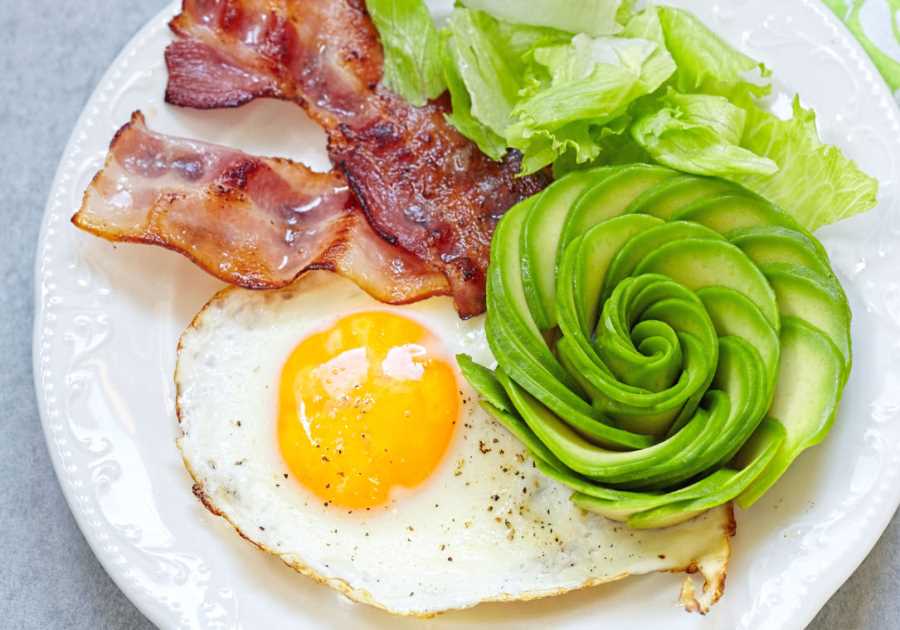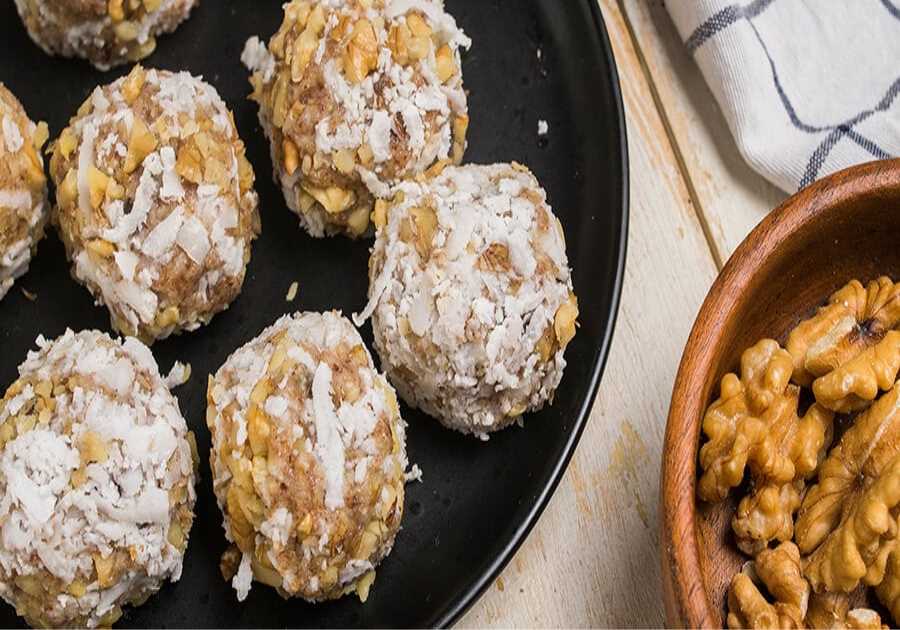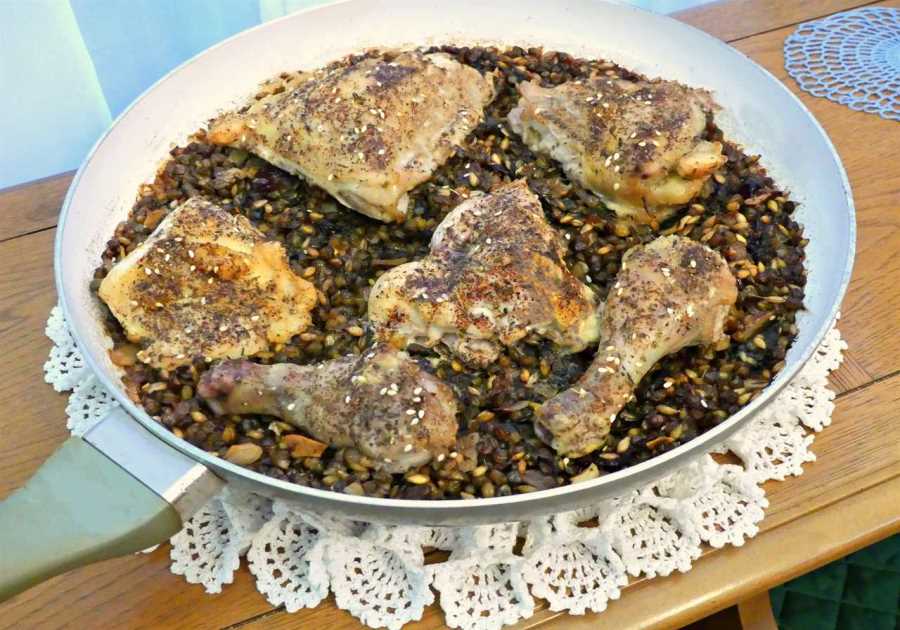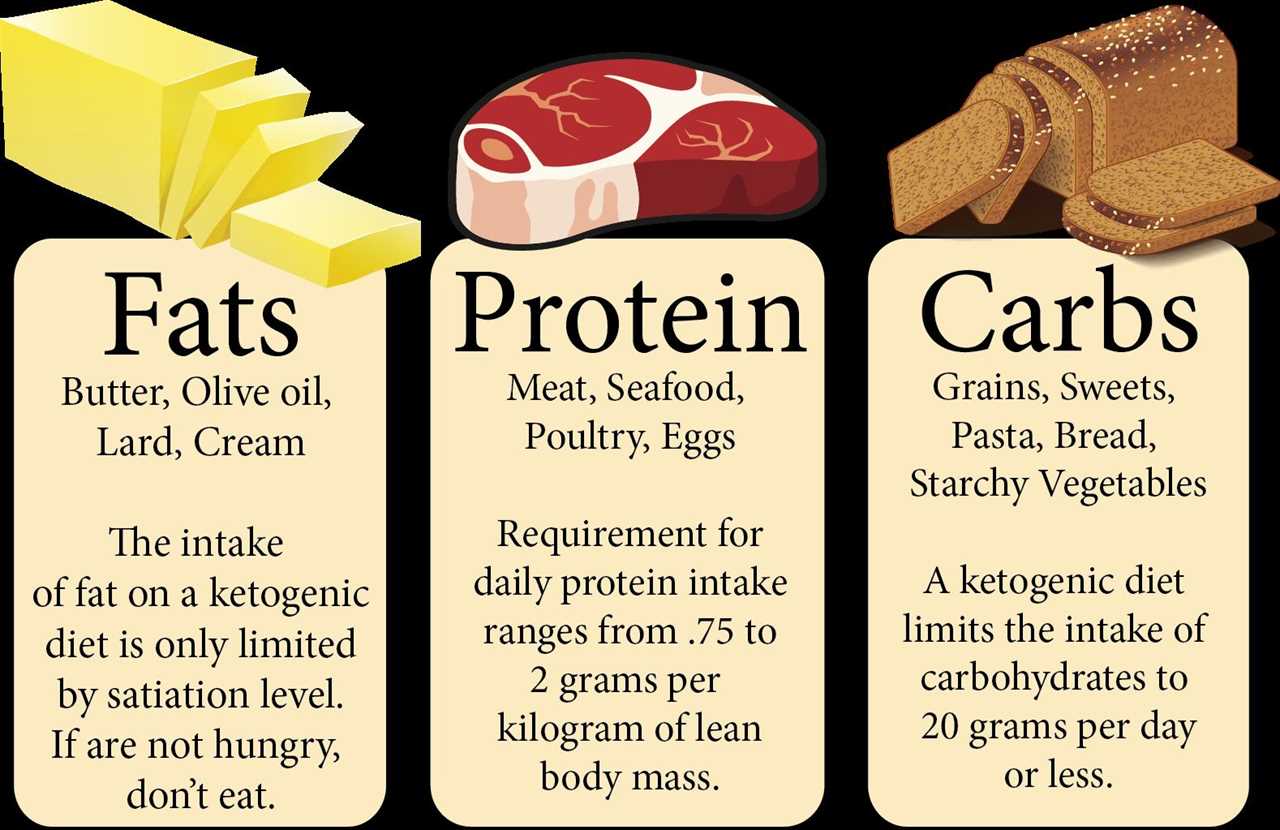
If you've decided to try the ketogenic diet, you may be wondering how many grams of fat you need to eat daily. Knowing this is important because you can't simply rely on the foods you're used to. You need to plan your meals out and make sure that you're getting enough fat, as well as carbohydrates.
How Many Grams of Fat You Need to Eat on a Successful Keto Diet
A low-carb, high-fat ketogenic diet has become popular for its potential health benefits. To maximize its efficacy, you may need to follow specific macronutrient ratios, such as 70-80% of daily calories from fat. An average 2000-calorie diet requires about 165 grams of fat daily, 5 - 10% carbohydrate (or 40g), and 10-20% protein (75g). Taking the recommended daily allowance for each macronutrient helps ensure your body gets the fuel it needs to maintain a healthy state. Additionally, by carefully selecting foods that provide all three macronutrients within their natural form, you can increase your chances of achieving a beneficial effect from the keto diet. Not only will these foods ensure that your body receives adequate nutrition each day, but they will also help keep cravings at bay and give you more energy over a day.
Calculating daily caloric intake
A keto calculator can help you determine what you need to eat to reach your goal weight. It can also help you better understand the proper macronutrient breakdown.
First, you need to decide what your main goal is. This could be maintaining weight, losing extra pounds, or gaining muscle. Each of these goals may require a different calorie consumption.
Secondly, you need to determine your basal metabolic rate. Your basal metabolic rate is the number of calories your body burns at rest. Your basal metabolic rate will vary depending on your age, body type, and lifestyle.
It would be best if you determined your activity level. Generally speaking, active people burn more calories than sedentary people. However, it would be best to keep your total daily calorie expenditure in mind when calculating your caloric intake.
Fortunately, a keto calculator can make determining what you need to eat easier. You can either input your current calorie intake or estimate your calorie requirements based on your previous intake.
Carbohydrates should make up about 5% of your daily calorie intake
If you are trying to lose weight on a keto diet, you may want to focus on reducing your carbohydrate intake. Carbohydrates are essential for your body's metabolism but not essential. They can contribute to a weight gain problem. The key is to balance your intake to get the right amount.
One way to do this is by keeping a food diary. This can help you track your carbohydrate and fat intake. You can also understand what foods you consume by checking your nutrition facts labels.
Foods that contain more than one kind of carb are known as complex carbohydrates. These types of carbohydrates include whole grains, fruits, and vegetables. They are digested more slowly than simple carbohydrates and can help you control your weight.
Complex carbohydrates also have a low glycemic index, which means they are less likely to raise your blood sugar level quickly. Some examples of foods with a low GI are vegetables and legumes.
Unsaturated fats you can eat.
Unsaturated fats are an essential component of the keto diet. They provide fuel for your body, decrease your risk of heart disease, and help with weight loss. These fats are also rich in anti-inflammatory properties.
Monounsaturated and polyunsaturated fats are good for you and can help reduce your cholesterol. Some of the healthiest sources of unsaturated fats include fatty fish, avocados, and nuts.
Polyunsaturated fats are found in certain plant-based oils. These fats are essential for your brain and skin. Omega-3 fatty acids, a type of polyunsaturated fat, are needed for many body functions. You can get these fats from chia, flax, or walnuts.
Nuts are a great source of omega-3 fatty acids. They are also a rich source of fiber. The best part is, they contain protein and other essential vitamins and minerals.
Another popular source of healthy unsaturated fats is coconut oil. It has medium-chain triglycerides, which are easy to digest. This makes it a good choice for sauteing vegetables and baking.
Meal planning to ensure you get enough fat
You must ensure you get enough fats when you are on a ketogenic diet. This is because you need to have at least 60% of your daily calories coming from fats. Getting enough fats in your diet can be difficult, but some tips and tricks help you get the right amount of fats you need. One way to increase your fat intake is to add more foods that contain healthy fats. You can eat fatty fish, add avocados to your meals, and eat more vegetables. Another way to increase your fat intake is to drink coffee with cream before your first meal. Other ways to increase your fat intake include drinking a glass of hot milk and putting a small piece of butter on your meal.
You must know how many calories you need to eat to plan your meals. You should eat 10 to 20% of your total daily calories from protein, 5 to 10% from carbohydrates, and around 60% of your daily calories from fats.
Frequently Asked Questions
Do I Really Need a Keto Food List
Is it necessary to have a keto food menu? Probably an important part of your keto journey. You can unlock the potential benefits of the ketogenic lifestyle by eating the right foods, high in fat and low in carbs. Finding the best fuel to achieve your goals can seem difficult with so many food options and recipes.
This can help you plan your meals more efficiently and give you enough variety. A keto food checklist simplifies the process by giving information about what you should consume and some suggestions on how to prepare them. It can be used to guide you when you go shopping or dining out.
Additionally, it is important to eat a healthy diet that promotes weight loss. For the metabolic state of ketosis to occur, this should include 12-15% protein, 15%-30% fat and no more that 5% net carbs. The main goal of the meal is to provide optimal nutrition while providing minimal carbs.
A reliable list of keto foods that includes healthy options can be a valuable guide in helping you transition to healthier eating habits and better living. This resource is a great way to get started on your journey towards achieving your lifestyle goals.
What happens if you eat more than 20 carbs while on keto?
What happens to keto if you eat more than 20 carbs? It's a crucial thought that needs to be finely weighed, as consuming too many carbohydrates can stall weight loss or even cause weight gain.
Understanding the interplay between carbs and your body is crucial to understanding how you use them.
It is crucial to not eat too much processed carbohydrates while on a low carbohydrate diet, such as the ketogenic. The rule of thumb for a ketogenic diet is to not exceed the body's energy requirement. This means that your daily carbohydrate intake should be no more than 20g. You must be careful about your daily carbohydrate intake if you want to maintain ketosis. Too much can cause imbalances and hinder progress.
It pays to be within the guidelines of a ketogenic Diet for optimal health. This helps you understand how your body works to produce energy, which is crucial for people looking for sustainable weight loss.
Can you eat rice with keto?
Hesitating? Are you unsure how or whether rice should be included in a ketogenic diet? It is possible to incorporate rice into your ketogenic diet, but it could be detrimental to your well-planned diet.
Rice is a carbohydrate based on grains that provides a high amount of energy per serving. When you are watching your carb intake or trying to reduce calories, rice should be limited in quantity. Certain varieties of rice, like cauliflower and broccoli, have low carbohydrate levels, but still provide essential nutrients such as vitamin C, fibre and protein.
Cauliflower has only 3g net carbs per cup of cooked cauliflower, making it a great choice for people trying to keep ketosis. Cauliflower can be substituted for rice in a few ways. First, make sure you carefully portion it out. Second, check the package to see if there are any other ingredients. Third, bake the cauliflower instead of frying to further reduce calories. Finally, ensure that you get enough water throughout the day to prevent any potential bloating caused by any additional starches.
If done right, healthy grains such as cauliflower rice and low-carb alternatives such as cauliflower rice can be added to your diet to boost your essential vitamins & mineral intake. You might be wondering if rice is a good choice for keto. Be mindful of which variety but how much you choose with each meal, and skip any additional fixings that take away from this delicious grain's naturally nutritious benefits!
Statistics
- Recommended Keto diet includes: Keto sushi bites, olives, one or two hard-boiled or deviled eggs, keto-friendly snack bars, 90% dark chocolate, full-fat Greek yogurt mixed with nut butter and cocoa powder, bell peppers, and guacamole (healthline.com)
- Around 35% of total calorie intake is probably the upper limit. (healthline.com)
- Proteins should account for around 10–30% of energy needs, while carbs are usually restricted to 5%. (healthline.com)
- But, a 1-ounce slice of cheese delivers about 30% of the Daily Value for saturated fat, so if you're worried about heart disease, consider portion size when eating cheese. (eatingwell.com)
- When following a ketogenic diet, carb content is between 5–10% of calories consumed, though looser versions of the diet exist (7Trusted Source (healthline.com)
External Links
academic.oup.com
- Oxford Academic
- Meta-analyses of the evidence on dietary components and risk of all-cause mortality and cardiovascular disease: A review of the evidence
ruled.me
healthline.com
pubmed.ncbi.nlm.nih.gov
- PubMed: A low-carbohydrate, ketogenic diet is a good way to manage type II diabetes mellitus
- PubMed: "Eggs don't increase cardiovascular disease risk and can be safely eaten"
How To
Common Mistakes to Avoid in a Ketogenic diet
A ketogenic diet is only successful if you adhere to it correctly. There are still many mistakes people make when starting their ketogenic journey. They can have a devastating impact on their progress.
It is vital to pay attention what food you eat and how often. You can lose weight by eating too many fats and making poor carb choices. It is important to keep track of your daily intake of carbohydrates, protein, and fat for each meal.
Accidentally eating hidden carbs could really hamper your efforts. Hidden carbs can be found in processed meats, parmesan cheese and other seemingly innocent foods. It's crucial to carefully read labels. Also, be wary when eating out, as restaurant meals often exceed recommended carb limits due to added sauces or starches like rice or potatoes.
A keto-friendly diet can be difficult if you don't drink enough water. The body requires a lot of fluids during the process of ketosis, especially during the induction phase, while adjusting to fasting. Failure to follow this simple rule could cause negative side effects like headaches and fatigue.
Don't expect miracles to happen overnight. It takes time to adapt to the body burning fats instead glucose. Keep that in mind as you join the "keto family". You can keep track of your progress and be motivated. However, it is important to remember that this process takes time.

